Over the last five years, the global arms trade has undergone some major shifts. The latest data from SIPRI (the Stockholm International Peace Research Institute) and other sources shows how several players have changed in dominance. Between 2020 and 2024, the U.S. pulled even further ahead of the pack, while Russia’s previously powerful presence decreased dramatically. This article examines the latest data on who’s dominating today’s arms market and what trends we can expect to reshape the future. You can compare with the 2023 figures here.
Key Points
Key Points
-
While Russia sharply declines as an arms supplier, the U.S. and its allies dominate the global market, with China filling in gaps for non-aligned countries.
-
Are you ahead, or behind on retirement? SmartAsset’s free tool can match you with a financial advisor in minutes to help you answer that today. Each advisor has been carefully vetted, and must act in your best interests. Don’t waste another minute; get started by clicking here here.(Sponsor)
The United States: Unrivaled Global Arms Dominance

The U.S. continues to dominate the global arms business, with a massive 43% of global arms exports during 2020–2024. Total exports jumped by 21% compared to the previous five-year period, from 2015 to 2019. American weapons were shipped to 107 countries, with F-35 fighter jets, missile defense systems, and other advanced military technology in high demand. Regionally, Europe became the biggest customer, receiving 35% of U.S. exports, while Saudi Arabia remained the top individual nation with 12%. As partnerships in advanced weapons continue to expand globally, there’s no reason to expect U.S. dominance to slow down or change.
France Secures Second Place
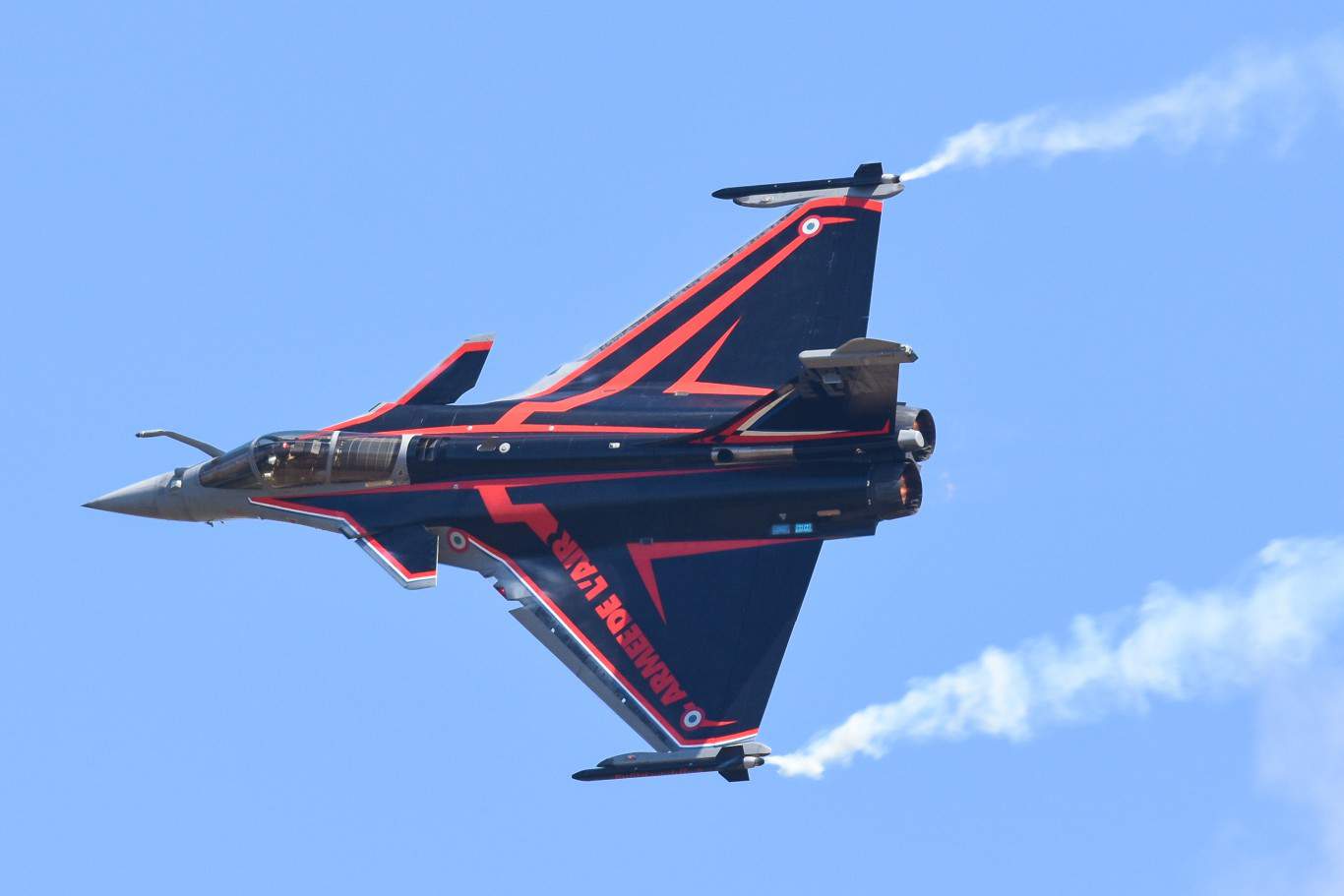
France became the world’s second-largest weapons exporter, growing its share from 8.6% in 2015-2019 up to 9.6%. France’s biggest customer, at 28% of arms exports, was India, with other significant customers including Qatar and Greece. High demand for their fighter jets and naval systems, along with domestic demand, has placed France in a strong position to keep growing its arms industry as European defense spending expands.
Russia’s Dramatic Decline
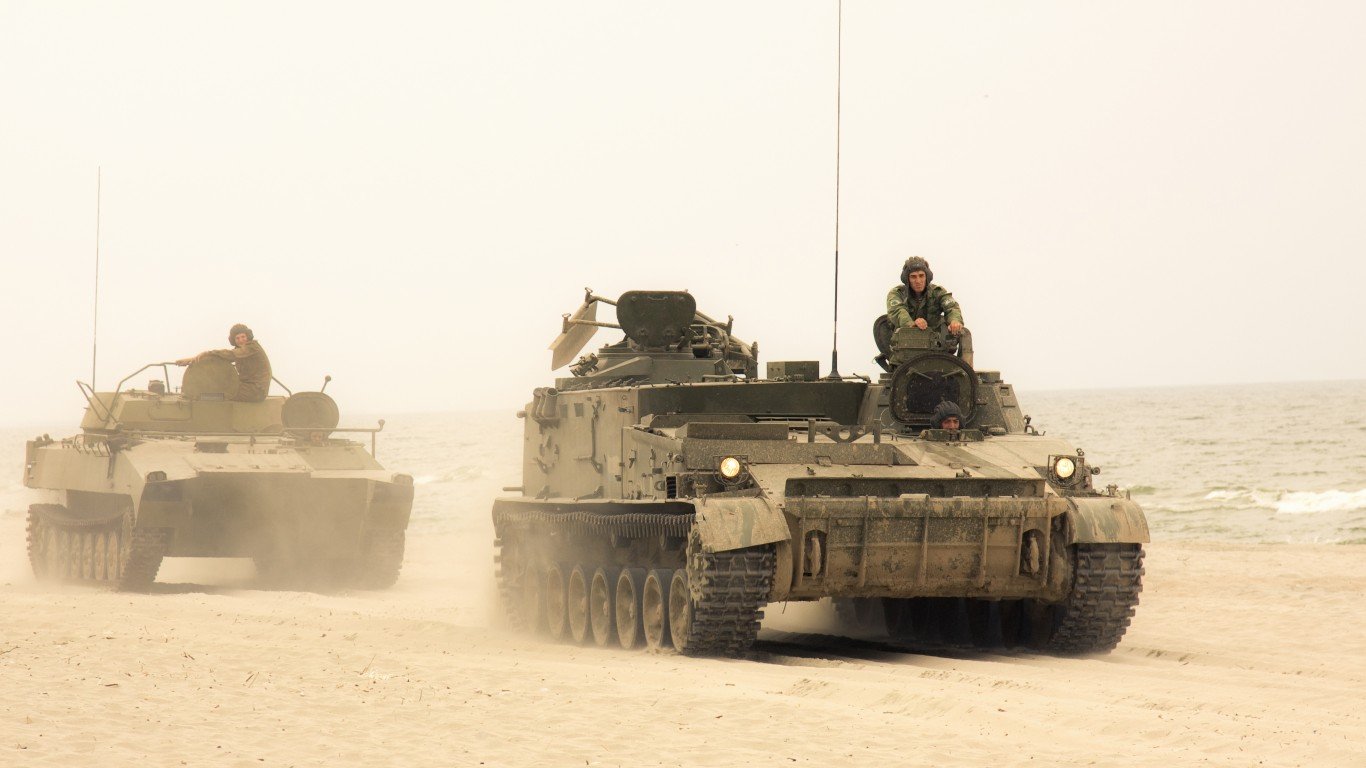
The last five years have been rough for Russia’s arms industry. Their weapons exports plunged by 64%, cutting their global market share to a mere 7.8%. Sanctions, production difficulties, domestic weapons needs in wartime, and the poor performance of Russian weapons in the war in Ukraine have combined to cut Russia’s arms exports dramatically. India (receiving 38% of Russian exports) and China (17%) remained its main customers. However, with global trust shaken and most major markets moving away, Russia’s future as a major arms exporter is not at all certain.
China’s Shifting Export Strategy
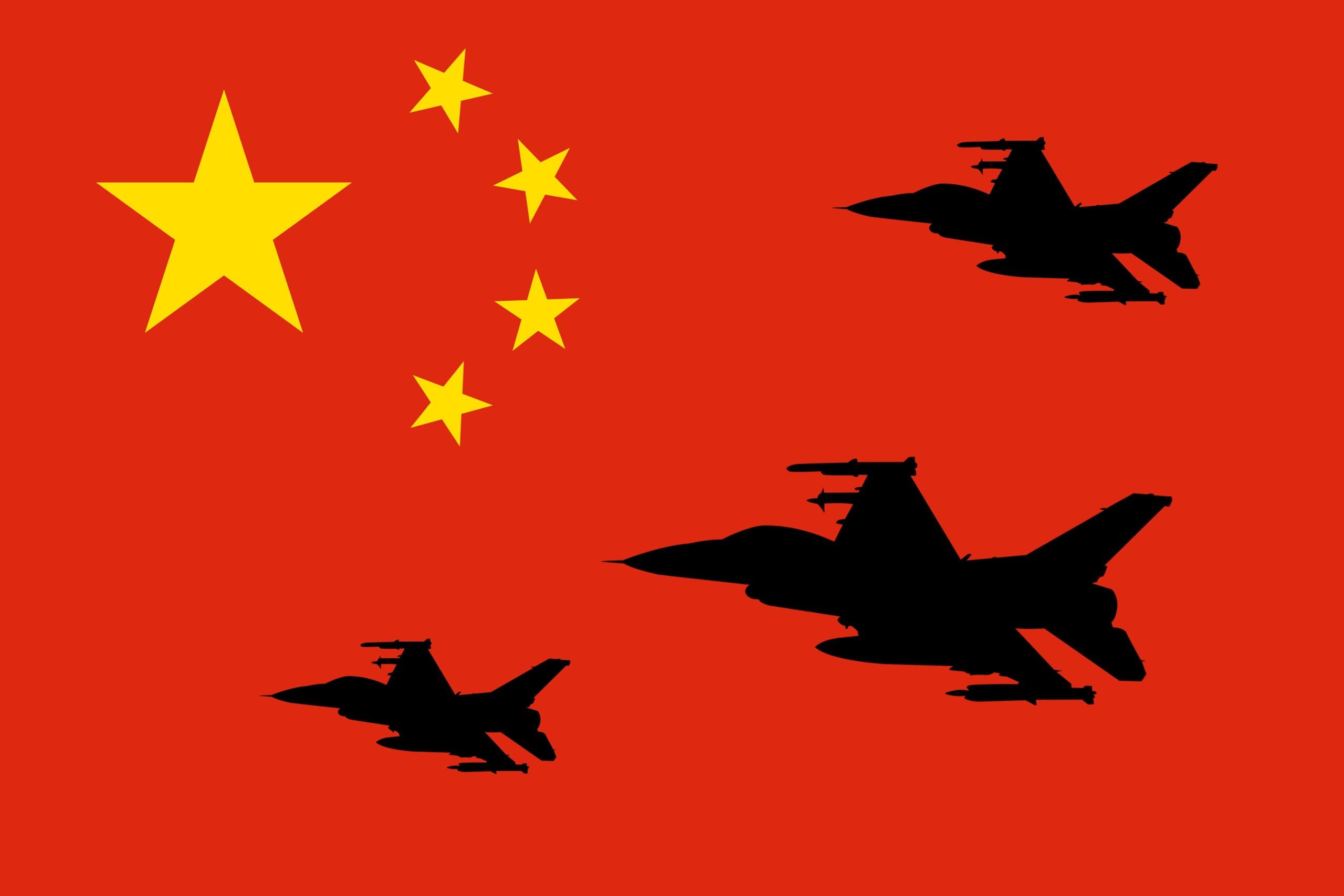
China saw its own arms exports fall by 5.4% over the last five years, giving it a 5.9% share of the global market. Pakistan is still its primary customer by far, receiving 63% of Chinese arms exports. However, China has been branching out in smaller weapons deals with nations like Serbia and Thailand. Overall, China aims to offer lower-cost alternatives to expensive Western weapons, while diversifying its global customer base.
Germany: Balancing Exports and Domestic Priorities
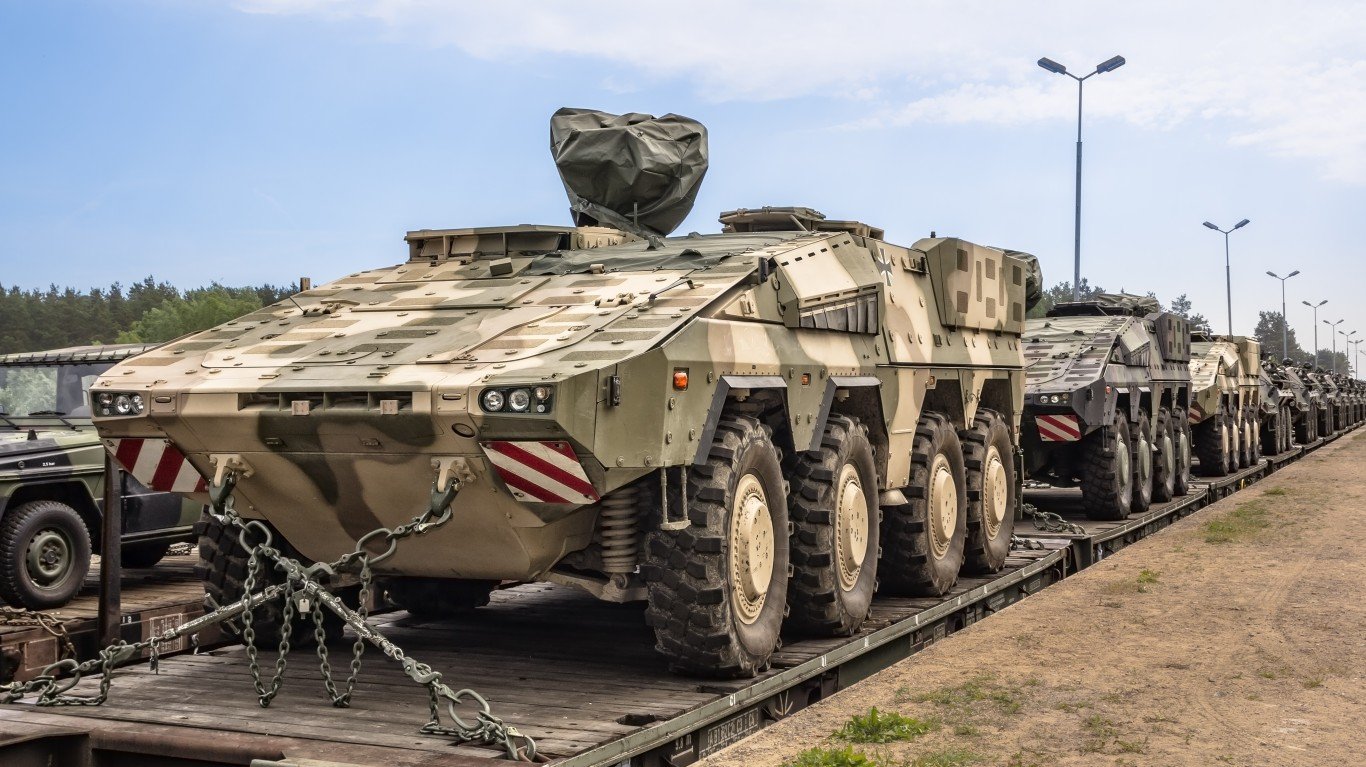
Fifth on the list, Germany’s arms exports declined slightly (-2.6%) over the last five years, but still made up 5.6% of the global total. However, there’s a bigger story behind those numbers. Since 2020, Germany has increased its support for Ukraine and NATO allies, shifting focus toward strengthening European security rather than exporting arms more broadly to the world. This focus is likely to continue as long as the conflict in Ukraine is an ongoing threat to European security.
Italy’s Remarkable Surge
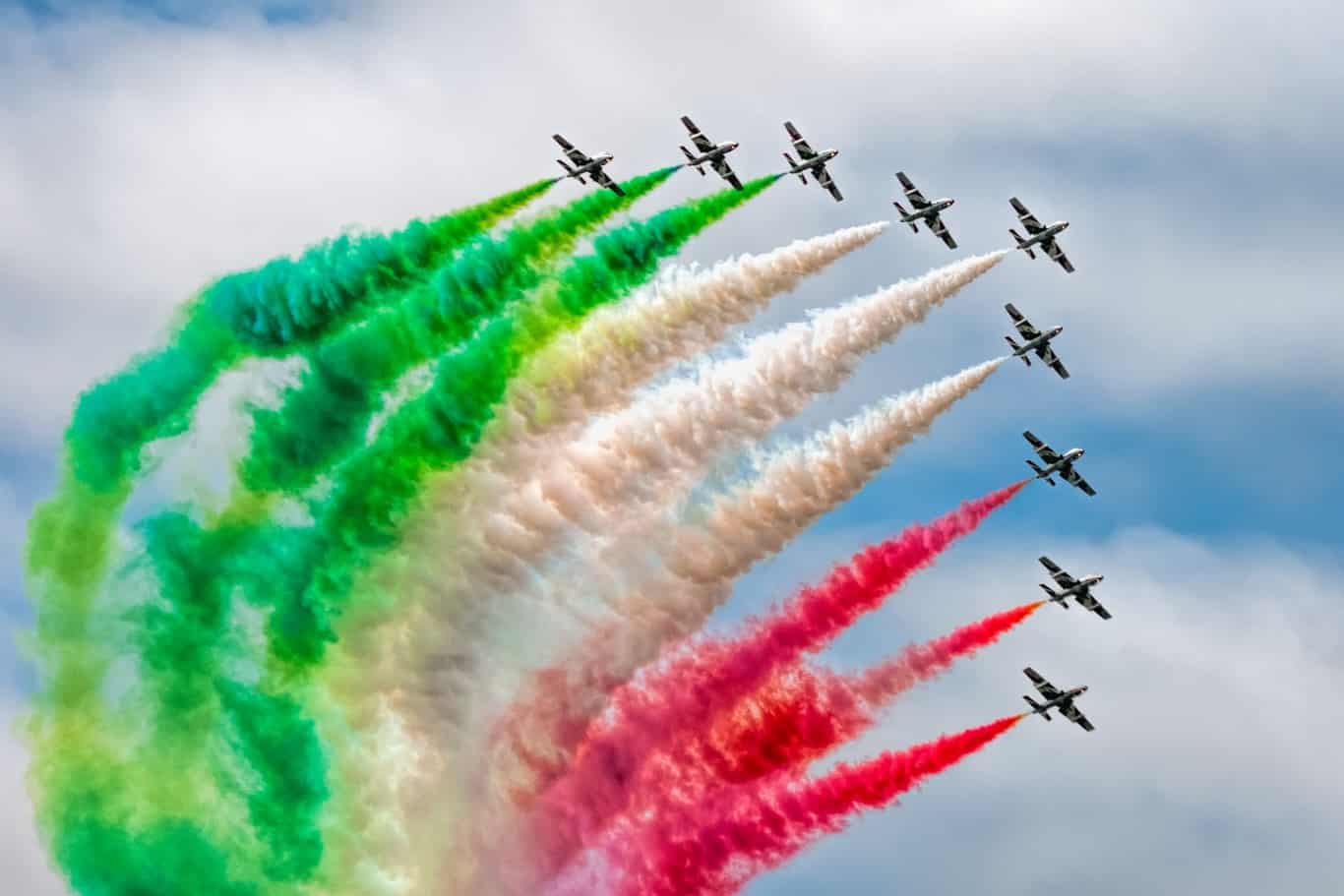
Italy emerged in the last five years as Europe’s fastest-growing arms exporter. It drastically increased its market share by 138%, holding 4.8% of global exports. This jump was fueled by deals with Egypt and Qatar, primarily for naval ships and aircraft. With this rapid growth, Italy has positioned itself as a rising force in the European defense sector. This upward momentum is likely to continue as it signs more and more new contracts.
The United Kingdom’s Steady Presence
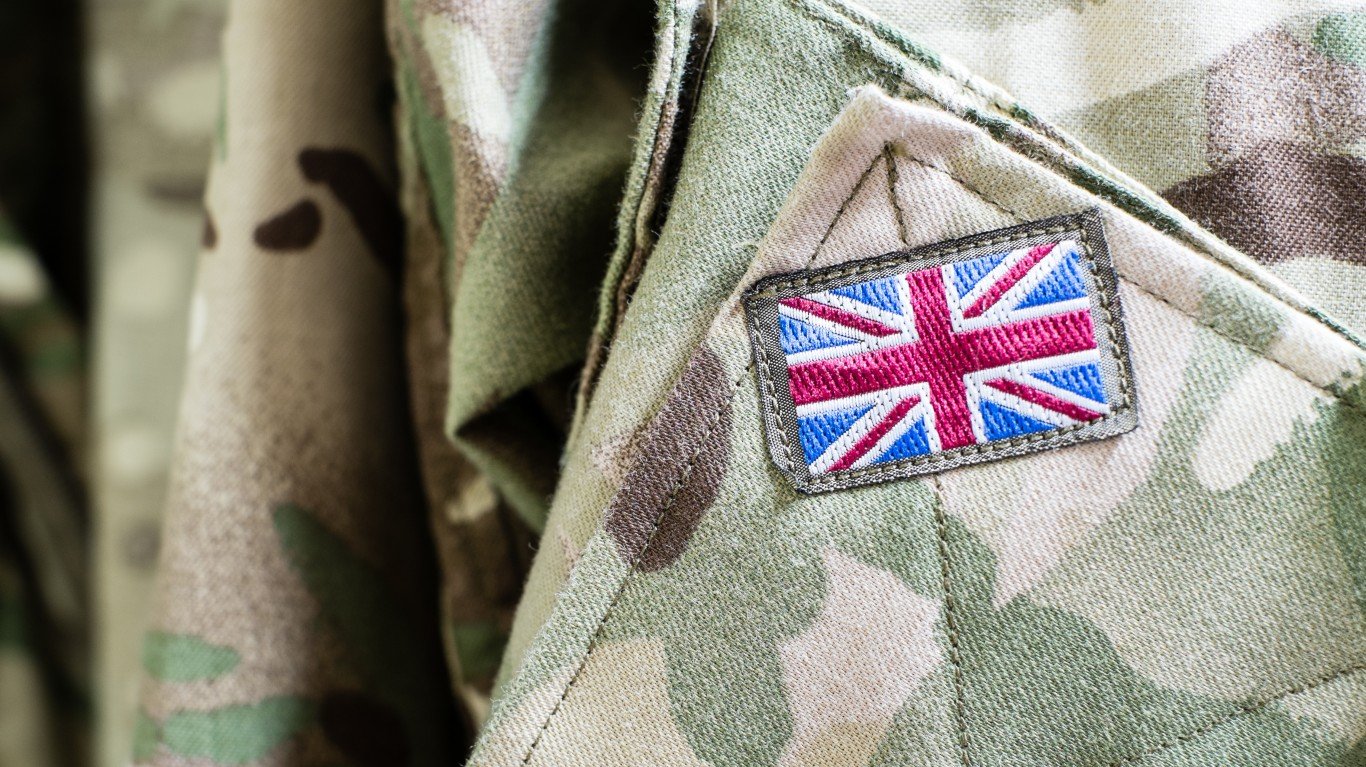
The UK exported 3.6% of global arms in 2020-2024, a slight decrease from 2015–19. However, it remains a major supplier of combat aircraft and missiles, particularly to Gulf states and NATO allies. With deepening European partnerships, as well as new programs in development, the UK is unlikely to diminish in its role as a major arms dealer anytime soon.
Israel’s Niche Market Share
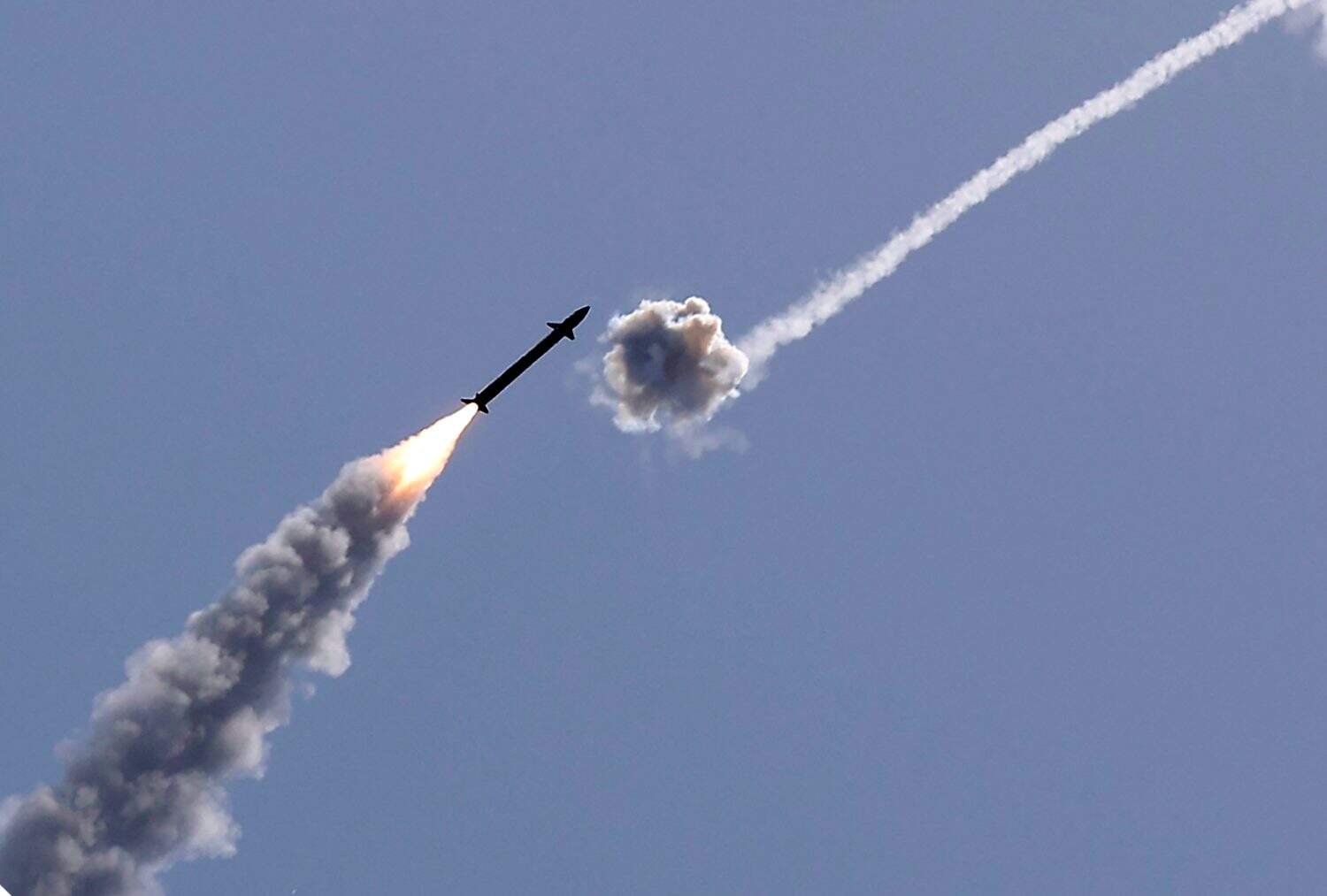
Israel accounted for 3.1% of global arms exports, thanks in large part to a specialized niche in global military technology. Israel has built a solid customer base with countries like India and Azerbaijan with its cutting-edge drones and missile defense systems. These have proven their effectiveness in recent conflicts in with Hamas and Hezbollah as well as Iran. Israel remains highly competitive in specialized areas of the global industry as demand continues for cost-effective precision weapons.
Emerging Exporters: Spain and South Korea
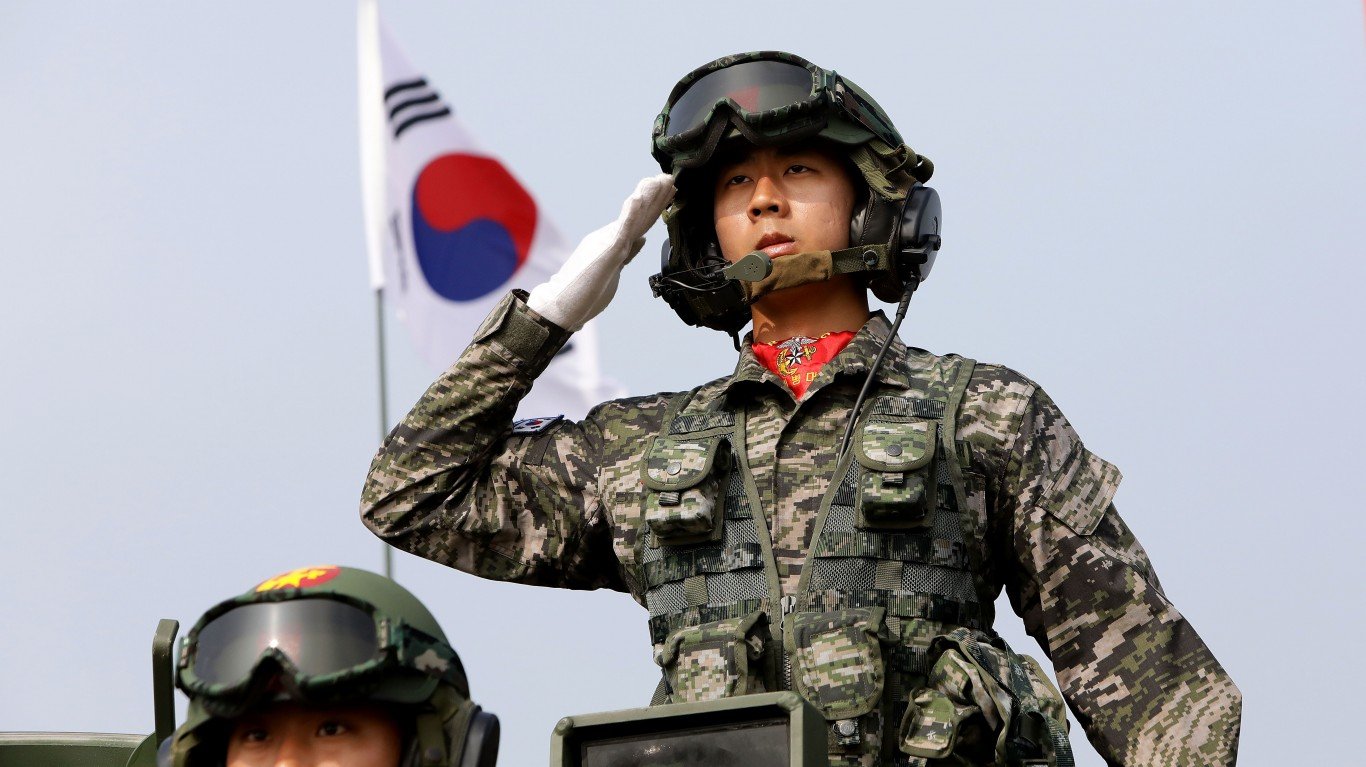
Spain and South Korea both grew significantly in their global market share over the past five years. Spain’s exports grew by 29%, giving it 3% of global arms exports from 2020-2024. Just behind, South Korea increased its exports by 4.9% to earn a 2.2% share in the global market, primarily with its modern FA-50 fighters and K2 tanks. Both countries have particularly gained ground in the arms market of Southeast Asia and Eastern Europe, where modern and affordable weapons are in high demand.
Global Implications and Future Trends

So, what can we expect in the next five years of the arms trade? The U.S. seems set to maintain its overwhelming dominance, with continued innovation and strategic global partnerships. European exporters like France and Italy seem likely to continue expanding their market share, fueled in large part by stronger regional cooperation and integration in EU defense systems. Meanwhile, Russia’s exports will likely continue to suffer under heavy sanctions abroad and continued needs at home.
Arms exports usually come with strings attached. Exporters may place restrictions on how and where more advanced weapons systems can be used. And importers may be dependent on exporting countries for training, spare parts, and new weapons that integrate with previously purchased systems. As the United States and its allies capture the lion’s share of the world’s arms market, there will always be a demand for arms from exporters who are not subject to American influence. Which means we might expect China to begin to replace Russia as the supplier of choice for regimes that want effective weapons to help them oppose, or at least maintain independence, from the West.
The post These Nations Export the Most Weapons appeared first on 24/7 Wall St..
Click this link for the original source of this article.
Author: Drew Wood
This content is courtesy of, and owned and copyrighted by, https://247wallst.com and its author. This content is made available by use of the public RSS feed offered by the host site and is used for educational purposes only. If you are the author or represent the host site and would like this content removed now and in the future, please contact USSANews.com using the email address in the Contact page found in the website menu.








